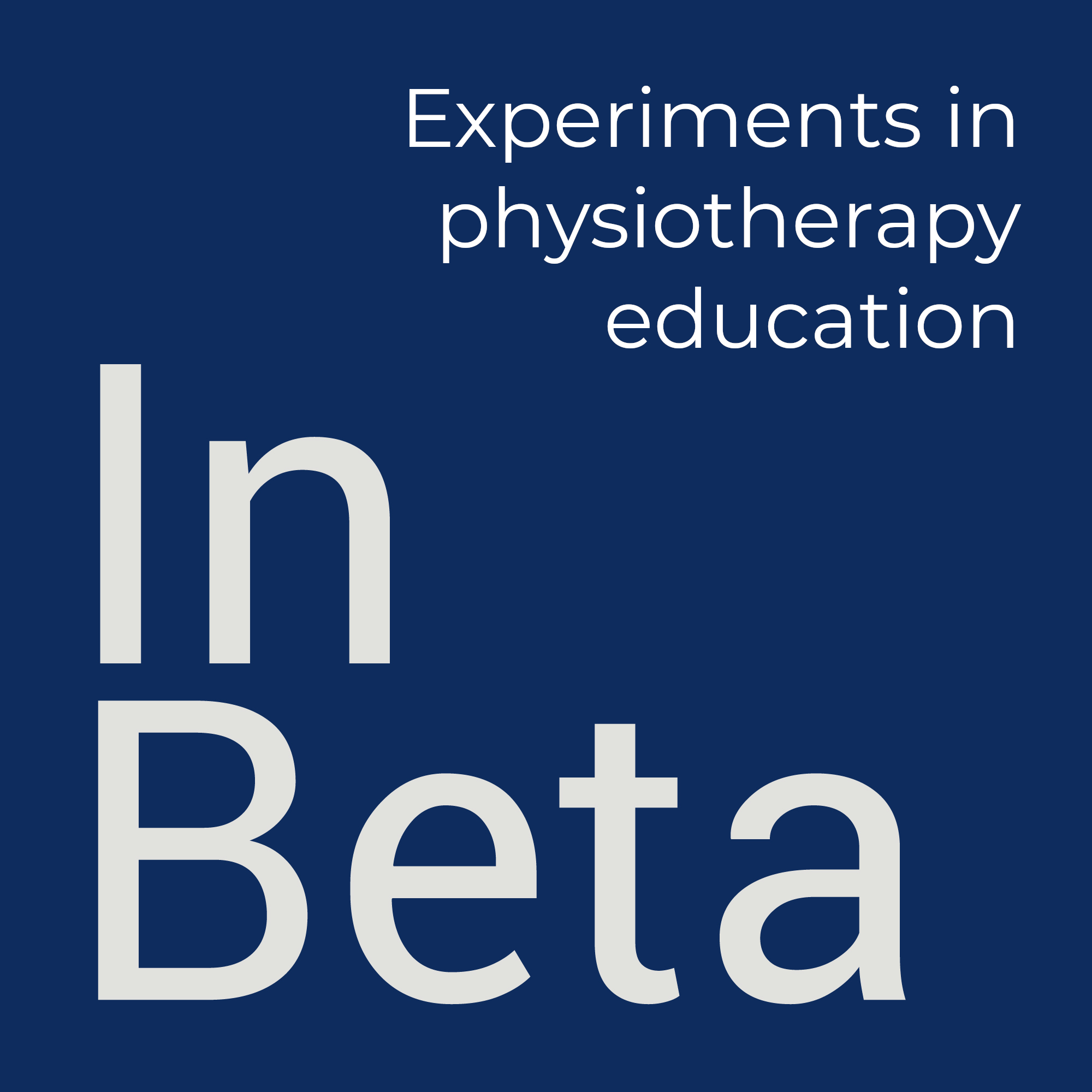…a great lecture is not a rote mechanical reading of notes, but a kind of dance, in which lecturer and listeners watch, respond to, and draw energy and inspiration from each other.
Richard Gunderman (2013)
While active learning methodologies have become the driving force in today’s classrooms, underestimating the power of well-crafted lectures represents is a missed opportunity to engage students. Lectures, when employed strategically and delivered with intention, can be a cornerstone for building a strong foundation in physiotherapy education. And I was reminded of this when I came across this post in defence of the lecture.
Lectures can be an effective, powerful form of communicating important and difficult concepts and ideas to students. By paying attention to your own presentation skills and to the preparation of handouts and other materials, lectures can capture and maintain the attention of students, requiring them to be active participants in the session, leading them in questioning and discussion. By harnessing the strengths of lectures alongside active learning practices, physiotherapy educators can create a more enriching and effective learning experience for their students.
Podcast
Bari, S. (2021). What Makes a Good Lecture? BBC Radio 4 Arts and Ideas podcast.
Mary Beard, Homi Bhabha and Seán Williams join Shahidha Bari to look at the etiquette of talks on zoom and the history of lectures. Lecturing someone can be a negative: you’re patronising or boring or telling them what to think. And yet, today we have TED talks, university staff are routinely recording lectures using video conferencing technology, and the history of thought is a history of persuasive speakers setting out their ideas before audiences.
I enjoyed this history of the lecture and found myself thinking about contemporary lectures differently as a result. I noted the emphasis that lecturers placed on audience participation in the past. In particular, the expectation that a successful lecture depended largely on audience participation.
Article
Sumit, S., hu, Afifi, T. O., & Amara, F. M. (2012). Theories and Practical Steps for Delivering Effective Lectures. Journal of Community Medicine & Health Education, 2(6), 1–5.
…traditional lectures or didactic lectures are considered ineffective in affecting learning outcomes of knowledge retention, student satisfaction, synthesis and elaboration of knowledge. Consequently, new strategies to transform didactic lectures into effective lectures, and to facilitate deeper learning are emerging due to recent advances in our understanding of the cognitive sciences on learning and memory. These advances can be applied to teaching to diverse learners and across different settings in the health professions education.
The article provides a comprehensive guide on transforming traditional lectures into more interactive and effective sessions that can improve student engagement and learning outcomes. It integrates insights from recent cognitive science research on learning and memory that can be applied across educational settings. The article offers practical, actionable steps for delivering lectures in an adaptable, easy-to-follow way that can serve as a faculty development resource. Additionally, it addresses how to tailor teaching approaches to meet the diverse learning preferences of students from different generations. Overall, by focusing on evidence-based strategies, cognitive principles, and adaptable techniques, the article serves as a valuable resource for educators aiming to create a more engaging and impactful learning environment.
Resource
Reynolds, G. (2005). Make your next presentation naked. Presentation Zen.
What if we thought of designing and delivering business presentations in a way that was more naked as well? A way that was simpler, fresher — perhaps even a bit cheeky — and far more satisfying to both presenter and audience. That is, in a way that was freer. Free from worry. Free from anxiety over what other people will think. Free from self-doubt. Free from tricks and gimmicks and the pressure to pull those off. Free from hiding behind anything (including slides) and the fear of possible exposure that accompanies such hiding.
How to present naked (each point is elaborated in the post)
- Don’t try to impress.
- Leave the lights on.
- Forget the podium.
- Keep it simple.
- …and more.
In a callback to the podcast we started with, Garr also suggests thinking of your audience as being “…active participants not passive listeners. Engage you audience. Often, we should listen more than speak.”
